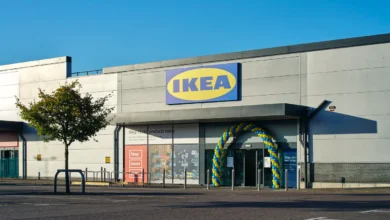Retail M&A deals up 30% since pre-pandemic times, study finds
Of the 34 deals in 2022, it found that just under a quarter (eight) were takeovers of distressed retail businesses

Register to get 1 more free article
Reveal the article below by registering for our email newsletter.
Want unlimited access? View Plans
Already have an account? Sign in
The number of UK M&A deals targeting retailers has increased by 30% since before the pandemic, with 34 retail M&A deals announced in 2022 compared with 26 in 2019, according to research by international law firm, RPC.
This marks only a marginal decline from 35 retail deals in 2021 – by comparison, global M&A deals dropped by 38% in 2022.
Of the 34 deals in 2022, it found that just under a quarter (eight) were takeovers of distressed retail businesses, as rising inflation and interest rate hikes put more retail businesses under financial strain.
E-commerce companies comprised over half of the M&A transactions (18) in the last year, as retail businesses continued to invest in developing online retail capabilities and adding to their online brand presence. RPC said these strategic deals often enable the acquirer to enhance digital sales channels to broaden their brand’s appeal amongst new demographics.
Of the remaining retail M&A deals, two-fifths (13) involved omnichannel retailers, while three deals involved pure bricks and mortar retailers.
Karen Hendy, co-head of Retail and Consumer Brands at RPC, said: “The combination of inflation and lower consumer confidence have inevitably hit retailers with weaker balance sheets. These retailers are now being snapped up by the sector’s stronger players, with acquirers looking longer term, past the peak interest rates.
“Deals involving distressed businesses have helped prevent some important brands and retailers disappearing. The investment in a business that often results from an acquisition can be crucial in preserving jobs that might otherwise be lost.”
She added: “The economic downturn has encouraged all retail businesses to look more closely at whether their non-core assets should be put up for sale. The better capitalised companies are using that trend to acquire more assets in segments they see as strategically important.”







